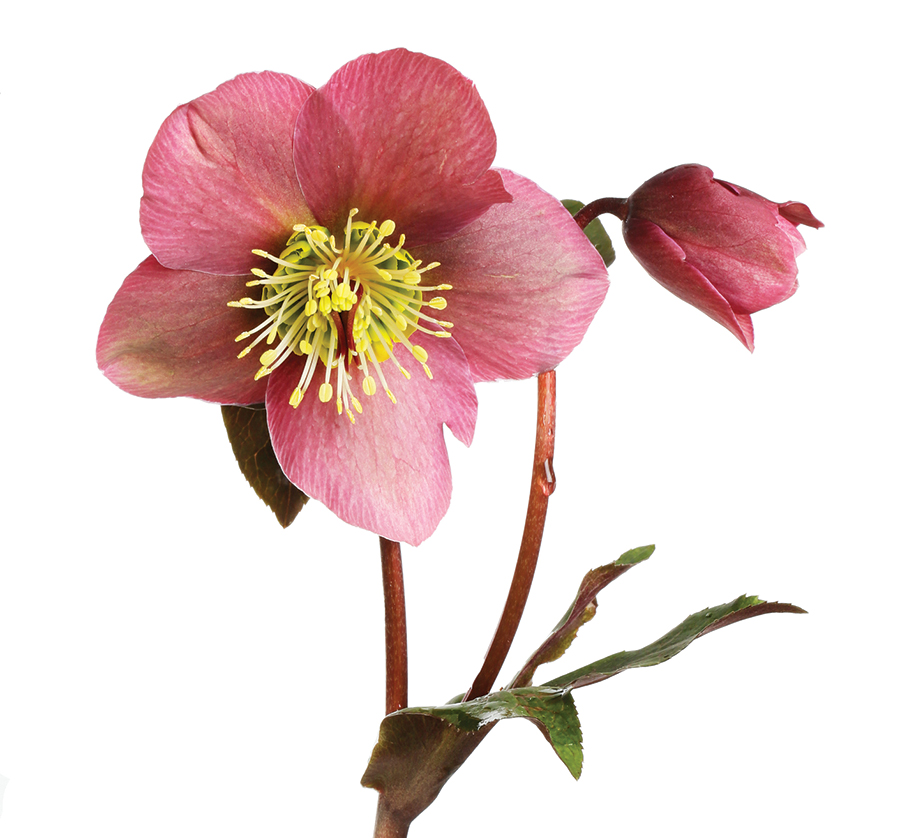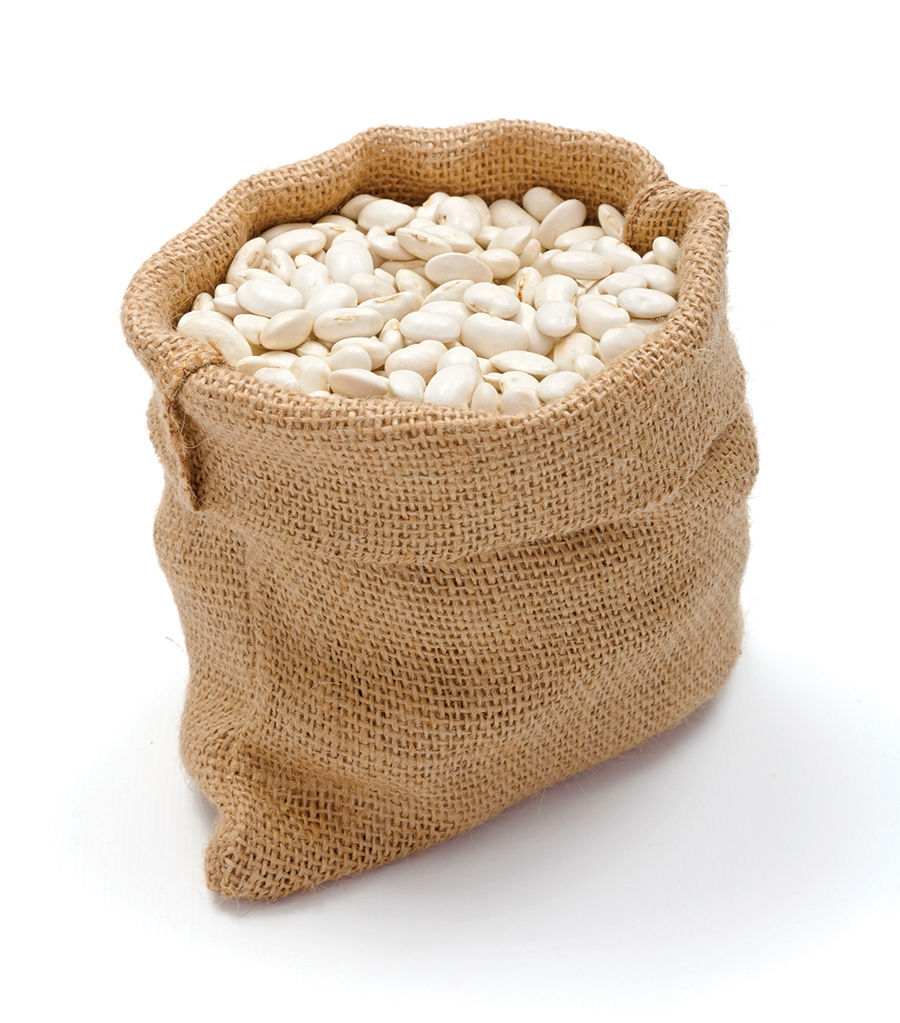
February blossoms make the cold hard to shake.
Crocus burst open like paper fortune tellers, hellebores whisper prophesies of spring, and in the backyard, where a speckled bird is kicking up fresh mulch, winter Daphne blushes like bright-eyed maidens in faded terra-cotta planters.
All of this, yet winter feels deep-rooted, endless. As if her flowers were cruel illusion. As if your bones could be forever yoked to this chill.
Then one day, out of nowhere, a new warmth arrives with the daffodils, a new softness beckoning you outdoors.
Beneath the bare-branched sycamore, where the picnic table has all but forgotten its name, February sunshine feels like a warm bath. You’ve brought lunch — a thermos of soup — and as the sunbeams dance across your face and skin, you feel, for the first time in months, as open as the crocus. As if winter might release you. As if hellebores were true harbingers of spring.
Beside your thermos, a feathery caterpillar edges toward you. Did it fall from the sky? You look up toward bare branches, wonder where he came from, where he’s going, whether he’ll be the speckled bird’s lunch. He’s closer now, gliding across your idle spoon, and as you observe his wispy yellow coat, you see yourself in this tiny being and in what he might become:
Enamored by each fragrant blossom; wide open; ever-seeking the simple grace of light.
February sunshine has transformed us, encoding within us the promise of spring. We can feel it now.

The Lenten Rose
When a plant blooms in the dead of winter, it is neither ordinary nor meek. That plant is a pioneer.
Also called the “Lenten rose”, the hellebore is a beloved and shade-tolerant herbaceous or evergreen perennial — not a rose — that so happens to thrive here. Some species more than others.
Take, for example, the bear claw hellebore, which is named for its deeply cut “weeping” leaves. February through April, this herbaceous perennial displays chartreuse green flowers that the deer won’t touch, and you shouldn’t either (read: toxic when ingested). As the flowers mature, the petal edges blush a soft, pale ruby. Talk about subtle beauty, but more for the eyes than for the nose (its crushed leaves are what give it the nickname “stinking hellebore”).
On behalf of every flower-loving soul aching in their bones for the coming spring, thank you, hellebore. You’re a true queen.

Full Snow Moon
The Full Snow Moon will rise at night on Feb. 8, peaking in the earliest hour of the morning on Feb. 9. Also called the Bone Moon, this supermoon (the closest the moon can come to Earth in its orbit) marks a time of heavy snowfall and, in earlier times, little food. If you’re warm and full-bellied, this moon is a good one to share the wealth.
I know him, February’s thrush,
And loud at eve he valentines
On sprays that paw the naked bush
Where soon will sprout the thorns and bines.
— George Meredith, “The Thrush in February,” 1885
Warm Your Bones
This month in the garden, sow beet, mustard and turnip seeds. Plant your spring salad (loose leaf lettuce, arugula, spinach, carrots, radish, cilantro). But while it’s cold out, soup!
The following recipe from DamnDelicious.net is a quickie — all the better for soaking up more February sunshine while the spring garden grows.
Spinach and White Bean Soup
Ingredients:
1 tablespoon olive oil
3 cloves garlic, minced
1 onion, diced
1/2 teaspoon dried thyme
1/2 teaspoon dried basil
4 cups vegetable stock
2 bay leaves
1 cup uncooked orzo pasta
2 cups baby spinach
1 (15-ounce) can cannellini beans, drained and rinsed
Juice of 1 lemon
2 tablespoons chopped fresh parsley leaves
Kosher salt and freshly ground black pepper, to taste

Directions:
Heat olive oil in a large stockpot or Dutch oven over medium heat. Add garlic and onion, and cook, stirring frequently, until onion is translucent, about 2-3 minutes. Stir in thyme and basil until fragrant, about 1 minute.
Stir in vegetable stock, bay leaves and 1 cup water; bring to a boil. Stir in orzo; reduce heat and simmer until orzo is tender, about 10–12 minutes.
Stir in spinach and cannellini beans until the spinach has wilted, about 2 minutes. Stir in lemon juice and parsley; season with salt and pepper, to taste.
Serve immediately. OH





